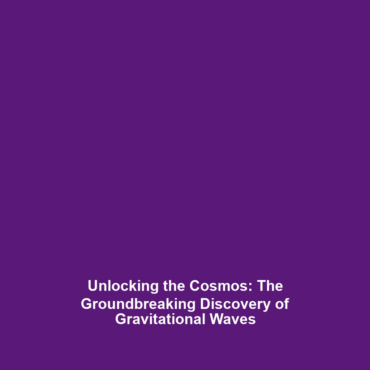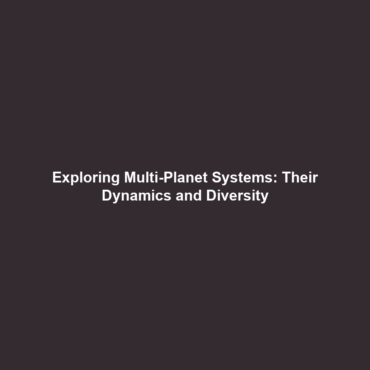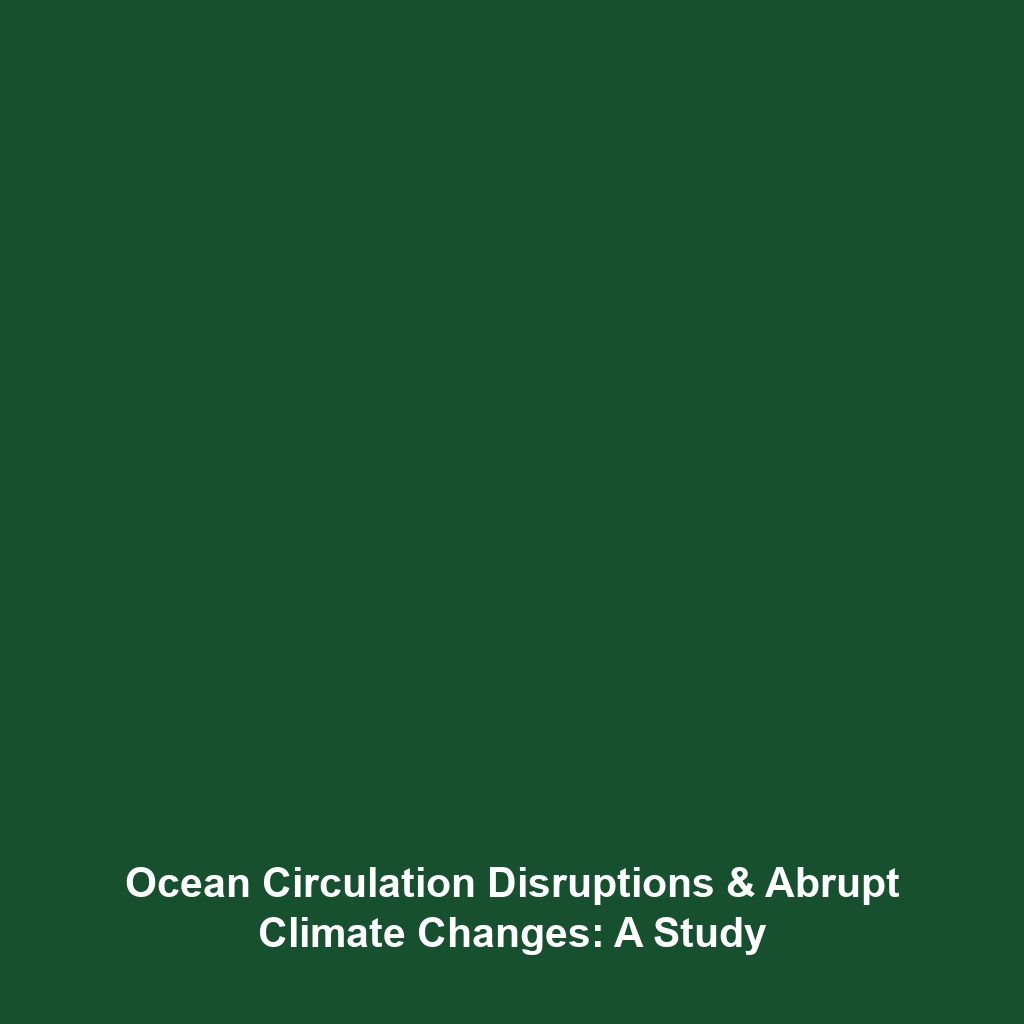<>
Other Extinct Hominins: Insights into Human Evolution
Introduction:
Other Extinct Hominins represent a critical lineage in the story of Human Evolution, showcasing the diversity and adaptability of our ancestors. These species, distinct from modern humans, offer invaluable perspectives on the evolutionary process. Understanding Other Extinct Hominins provides essential insights into the anatomical, behavioral, and ecological factors that shaped our evolution. In this article, we delve into their significance, applications, challenges, and future research in the context of Human Evolution, illustrating the importance of this field in anthropology and the broader scientific community.
Key Concepts of Other Extinct Hominins
The study of Other Extinct Hominins encompasses various key concepts that enhance our understanding of human ancestry. Major elements include:
- Diversity of Species: From Neanderthals to Denisovans, these hominins showcase a range of physical traits and adaptations.
- Adaptive Strategies: Examining how extinct species adapted to their environments provides critical insight into survival mechanisms.
- Genetic Contributions: Exploring genetic material from these hominins reveals the complex interbreeding events that occurred.
- Cultural Behavior: Analyzing tools and artifacts sheds light on the cognitive abilities and social structures of ancient populations.
Applications and Real-World Uses
The study of Other Extinct Hominins has numerous applications within the field of Human Evolution, including:
- Anthropological Research: Understanding the evolutionary history of humans guides current anthropological methods.
- Genetic Studies: Advances in DNA analysis from fossils lead to discoveries about human ancestry and migrations.
- Climate Change Insights: Investigating how extinct species adapted to ancient climates informs contemporary discussions on climate resilience.
Current Challenges
The exploration of Other Extinct Hominins poses several challenges that impact our understanding of Human Evolution:
- Limited Fossil Records: Fossils can be scarce or incomplete, hindering definitive conclusions.
- Technological Constraints: The development of new technologies is essential for analyzing ancient DNA effectively.
- Interdisciplinary Gaps: Collaboration across diverse fields such as genetics, archaeology, and paleontology is often needed but can be challenging.
Future Research and Innovations
Exciting advancements are on the horizon in the study of Other Extinct Hominins:
- Next-Generation Sequencing: Breakthroughs in genetic sequencing will allow for more detailed analysis of ancient genomes.
- 3D Imaging Technologies: Innovations in imaging will enhance our understanding of fossil morphology and species relationships.
- Interdisciplinary Approaches: Collaborative research integrating genetics, anthropology, and environmental science will provide comprehensive insights into human evolution.
Conclusion
In summary, Other Extinct Hominins play a vital role in the narrative of Human Evolution, unraveling the complexities of our ancestry, adaptations, and cultural behaviors. Continued research will undoubtedly yield further understanding and insights into how these fascinating species shaped the modern human experience. For those interested in exploring more about evolution, check out related topics like evolutionary theories and hominin species.









